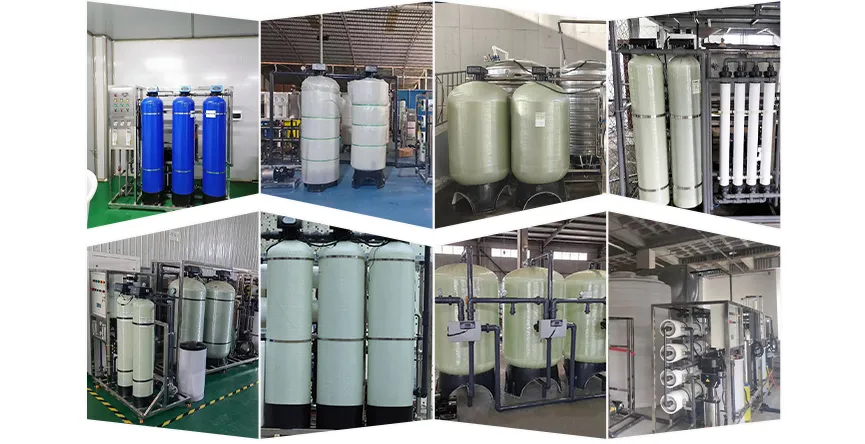loading...
- No. 9, Xingyuan South Street, Dongwaihuan Road, Zaoqiang County, Hengshui, Hebei, China
- admin@zjcomposites.com
- +86 15097380338
- Welcome to visit our website!
frp deck panels
Understanding FRP Deck Panels A Modern Revolution in Construction
Fiber Reinforced Polymer (FRP) deck panels represent a significant advancement in the field of construction and architecture. These innovative materials are rapidly gaining popularity due to their unique combination of strength, lightweight properties, corrosion resistance, and long-term durability. In this article, we will explore what FRP deck panels are, their benefits, applications, and the future of this revolutionary material.
What are FRP Deck Panels?
FRP deck panels are composite materials made from a polymer matrix reinforced with fibers, often glass, carbon, or aramid fibers. This combination creates a material that possesses exceptional structural integrity while remaining significantly lighter than traditional materials like steel or concrete. The manufacturing process involves molding the mixture into specific shapes or profiles that can be utilized in various construction applications.
Benefits of FRP Deck Panels
1. Lightweight Nature One of the most compelling advantages of FRP deck panels is their low weight. This characteristic allows for easier handling and installation, reducing labor costs and time on construction sites. Additionally, the lower weight can lead to savings in structural support requirements, as buildings or structures need not be designed to support heavier materials.
2. Corrosion Resistance Unlike conventional building materials, such as steel, FRP deck panels are highly resistant to corrosion. This property is particularly beneficial in environments prone to moisture, harsh chemicals, or saline conditions, such as coastal areas or industrial sites. The longevity of FRP materials can significantly lower maintenance costs and extend the lifespan of constructions.
3. High Strength-to-Weight Ratio FRP panels exhibit an impressive strength-to-weight ratio, making them suitable for structures that require both robustness and reduced weight. This feature allows architects and engineers to design lighter structures without compromising safety.
4. Thermal and Electrical Insulation FRP deck panels offer excellent thermal and electrical insulation properties. Their ability to maintain temperature can enhance energy efficiency in buildings, while their non-conductive nature can be advantageous in specific applications such as electrical installations.
5. Design Flexibility The versatility of FRP materials allows for a wide range of designs and applications. They can be molded into different shapes, colors, and textures, satisfying diverse aesthetic and functional requirements in modern architecture.
frp deck panels

Applications of FRP Deck Panels
FRP deck panels have found applications in various sectors, showcasing their versatility and functional advantages
- Bridges The lightweight nature and corrosion resistance of FRP make it an ideal choice for pedestrian and vehicular bridges. Many modern bridge designs incorporate FRP for deck panels to increase longevity and reduce maintenance.
- Buildings In commercial and residential construction, FRP panels can be used for flooring, roofing, and decorative elements. Their thermal insulation and lightweight properties contribute to overall energy efficiency in buildings.
- Marine Structures The maritime industry benefits significantly from FRP deck panels due to their resistance to saltwater corrosion. They are ideal for use in docks, piers, and other marine applications.
- Industrial Applications In environments where chemical exposure is common, such as factories or processing plants, FRP panels can withstand harsh conditions, providing safety and durability.
The Future of FRP Deck Panels
As technology advances, the production and performance of FRP deck panels are expected to improve even further. Ongoing research focuses on enhancing the properties of FRP materials, developing sustainable manufacturing processes, and integrating them into smart building technologies.
In conclusion, FRP deck panels exemplify the innovations transforming the construction industry. Their diverse applications, combined with their numerous benefits, position them as a key material for future developments in architecture and engineering. As more builders and engineers recognize the advantages of FRP, we can expect to see a broader adoption of this game-changing material in the years to come, leading to safer, more sustainable, and efficient structures.
-
The Rise of FRP Profiles: Strong, Lightweight, and Built to LastNewsJul.14,2025
-
SMC Panel Tanks: A Modern Water Storage Solution for All EnvironmentsNewsJul.14,2025
-
GRP Grating: A Modern Solution for Safe and Durable Access SystemsNewsJul.14,2025
-
Galvanized Steel Water Tanks: Durable, Reliable, and Ready for UseNewsJul.14,2025
-
FRP Mini Mesh Grating: The Safer, Smarter Flooring SolutionNewsJul.14,2025
-
Exploring FRP Vessels: Durable Solutions for Modern Fluid HandlingNewsJul.14,2025
-
GRP Structures: The Future of Lightweight, High-Performance EngineeringNewsJun.20,2025
